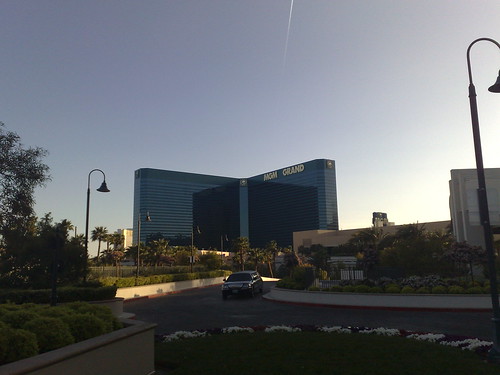
Photo credit helmet13
When deciding on the price of a new product, one of the main criteria for setting the price is the cost of production. After all, charge less than the cost of production, and that will soon put an end to the company’s profits and possibly even the company itself!
So, if legislators are considering charging companies for the CO2 they produce, shouldn’t they set the price based on the cost of cleanup? Or is that just a silly idea?
How much does it cost to remove a tonne of CO2 from the atmosphere? Obviously that depends on how one goes about the removal of the CO2 (whether by sequestration, growing 1 tonne worth of carbon or some other method) but surely the price companies have to pay for every tonne of CO2 they produce should be linked to the cost of cleanup. No?




